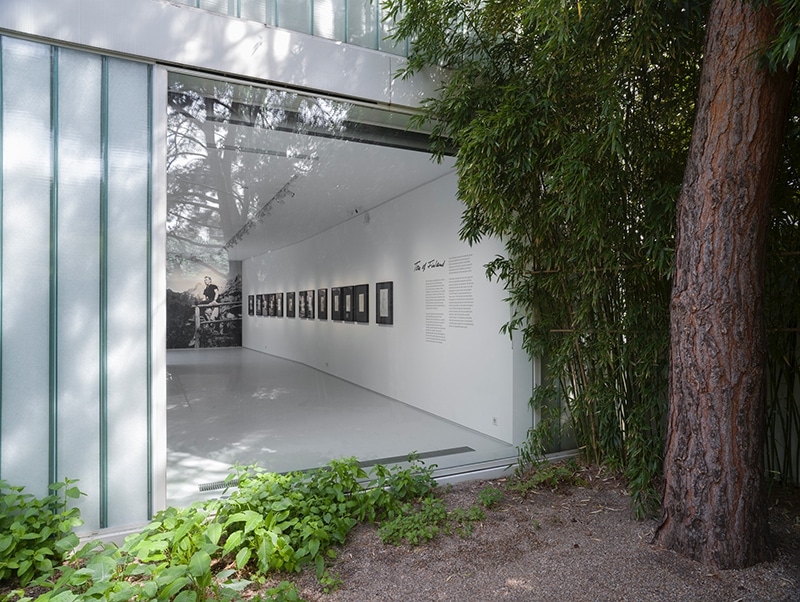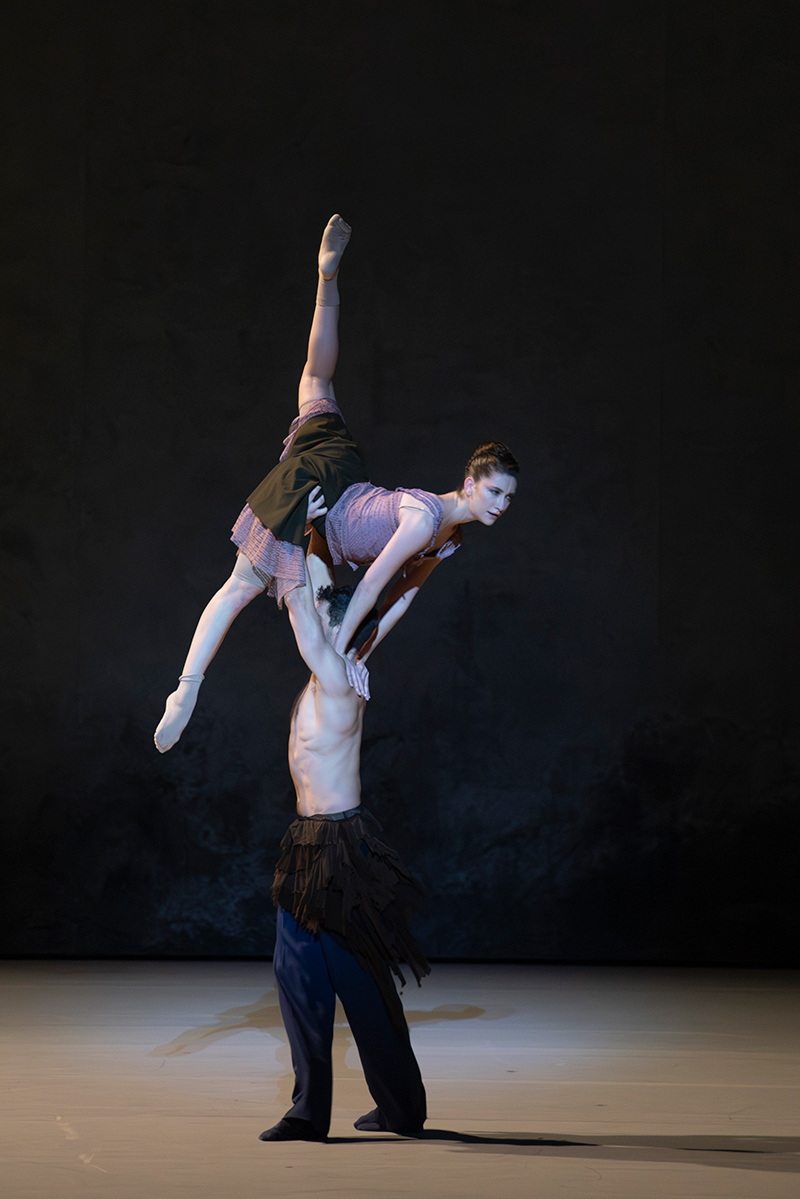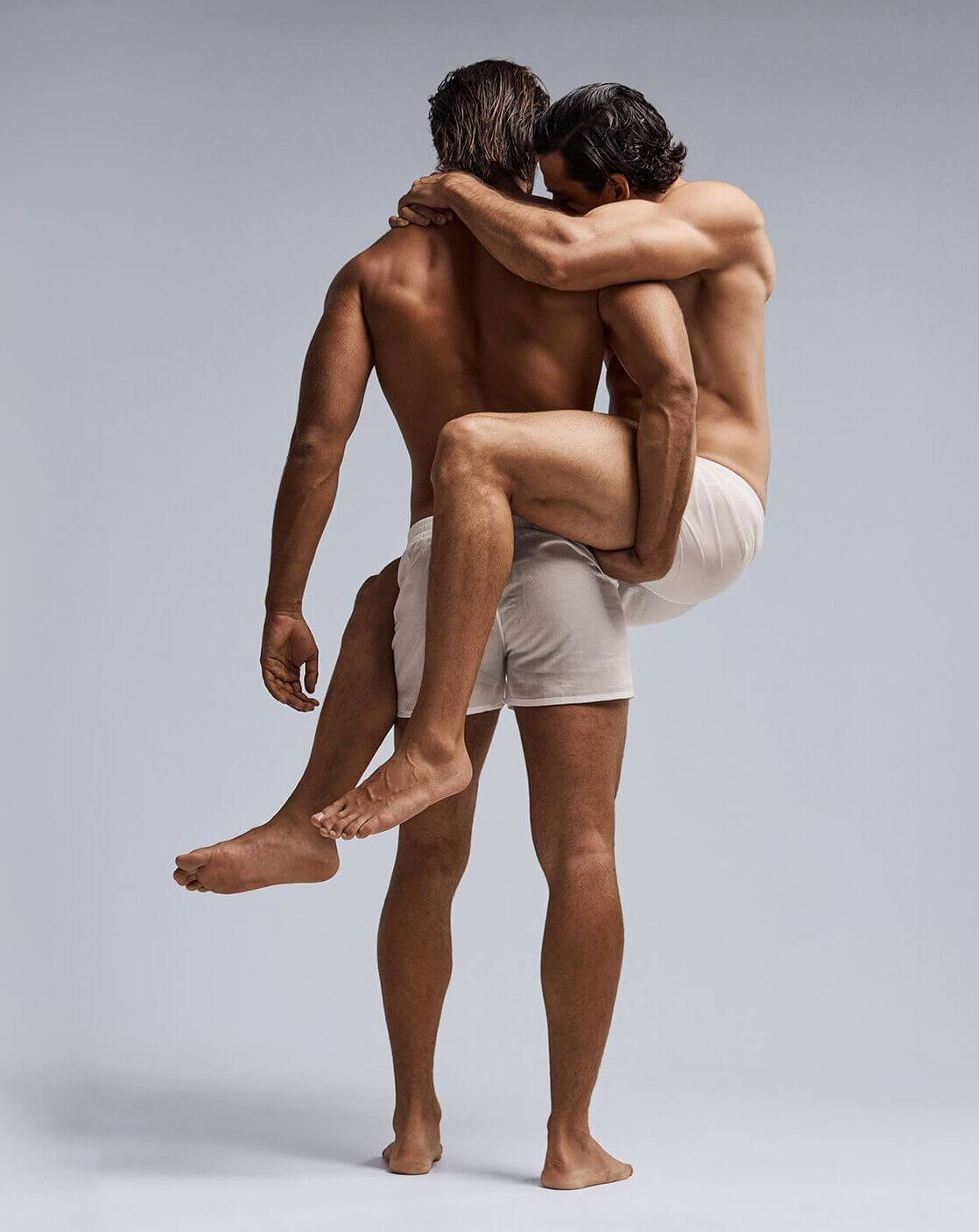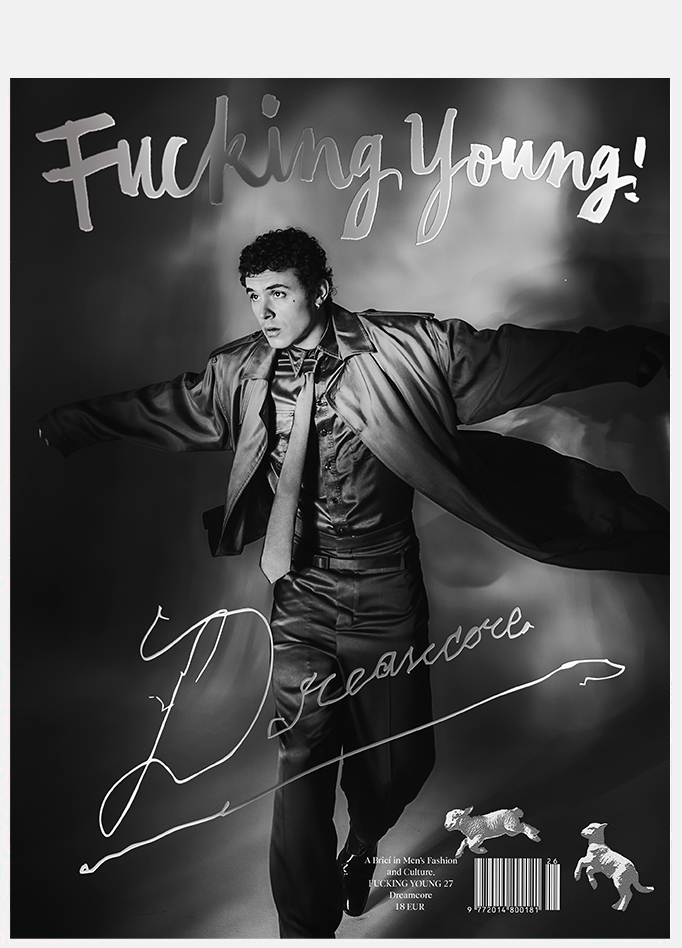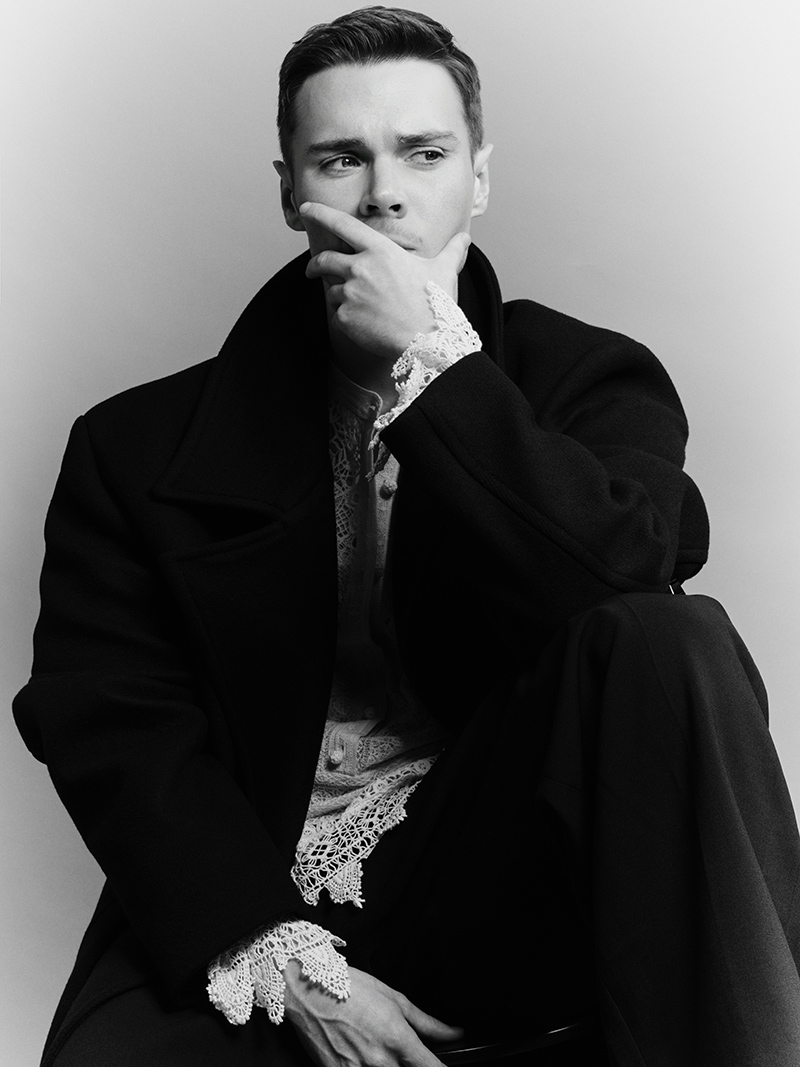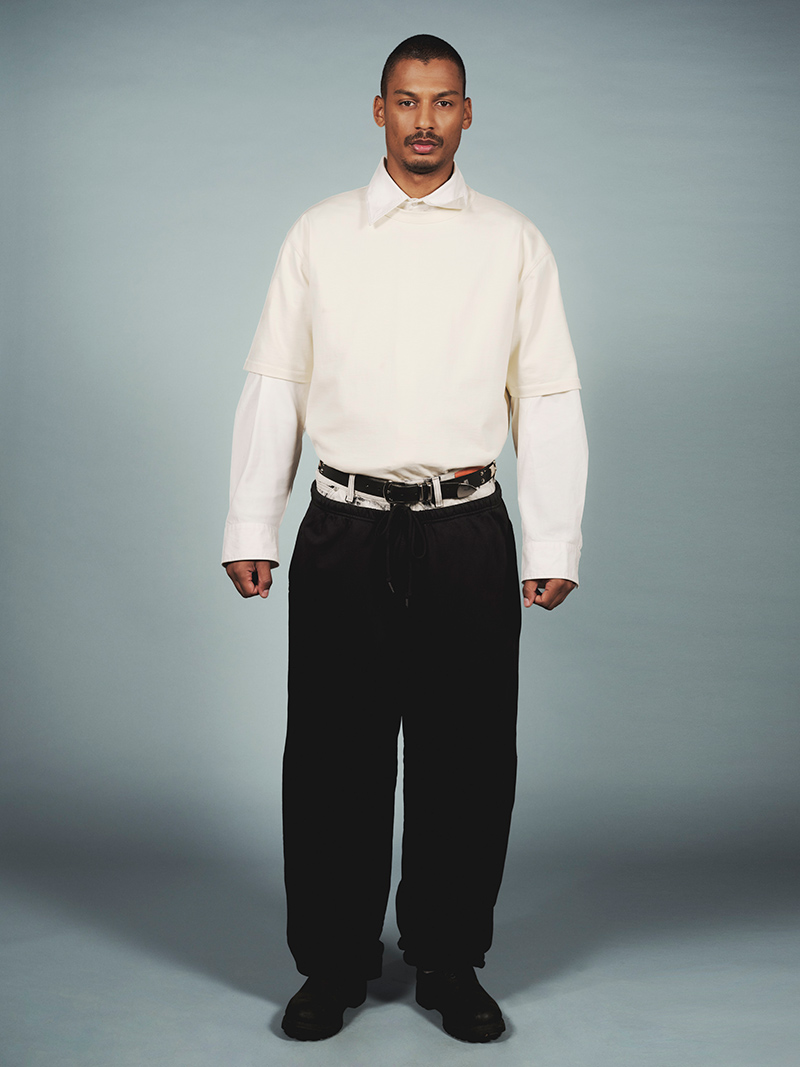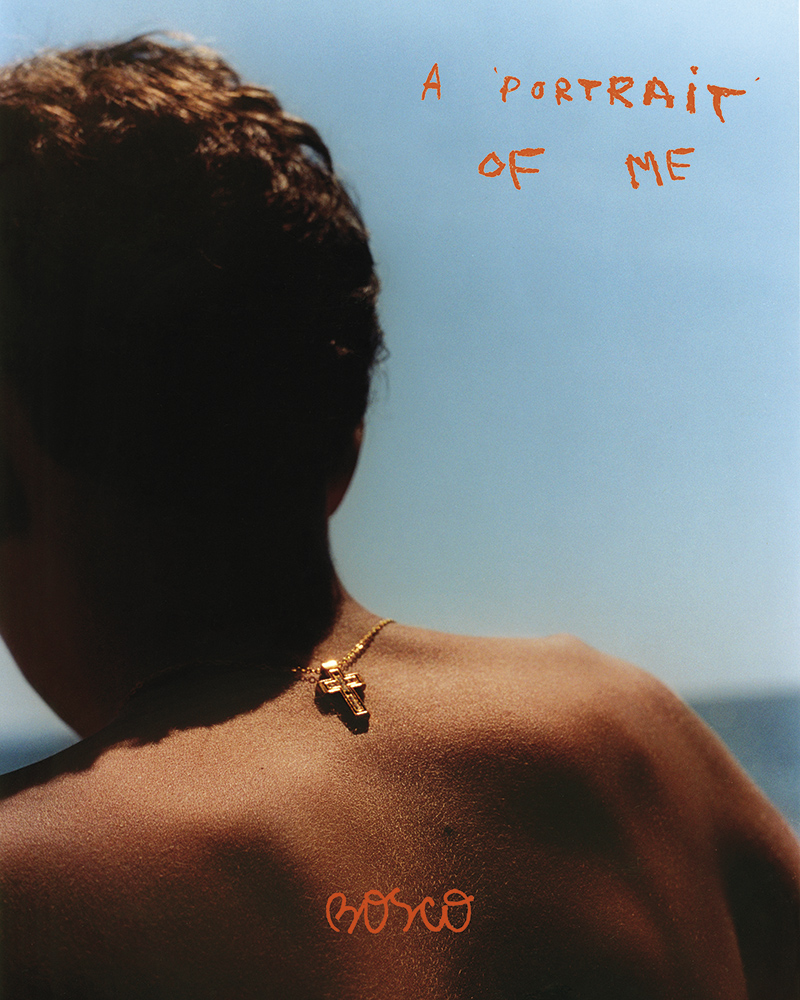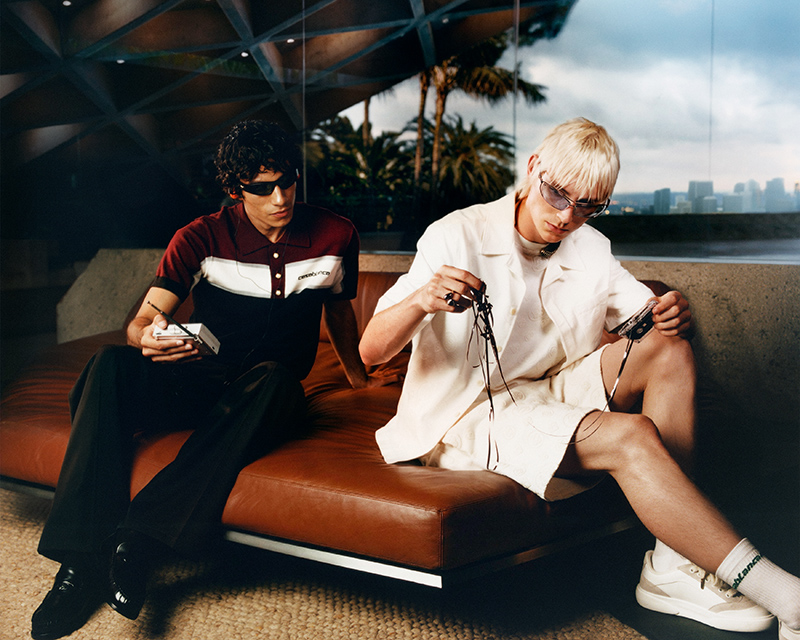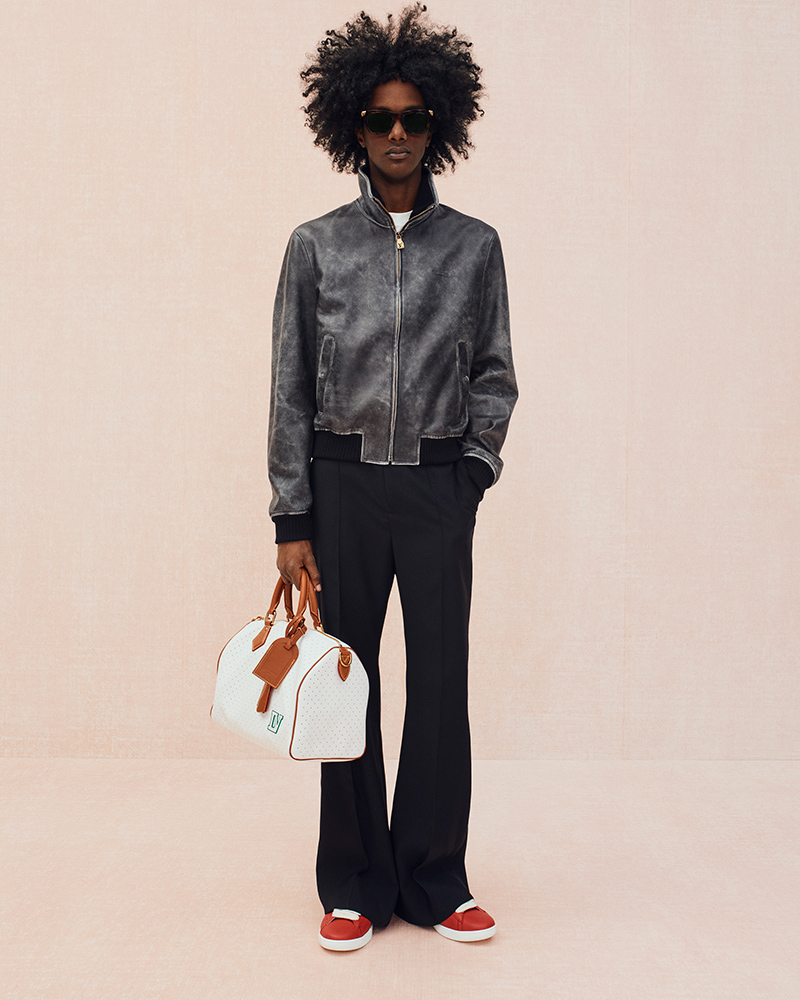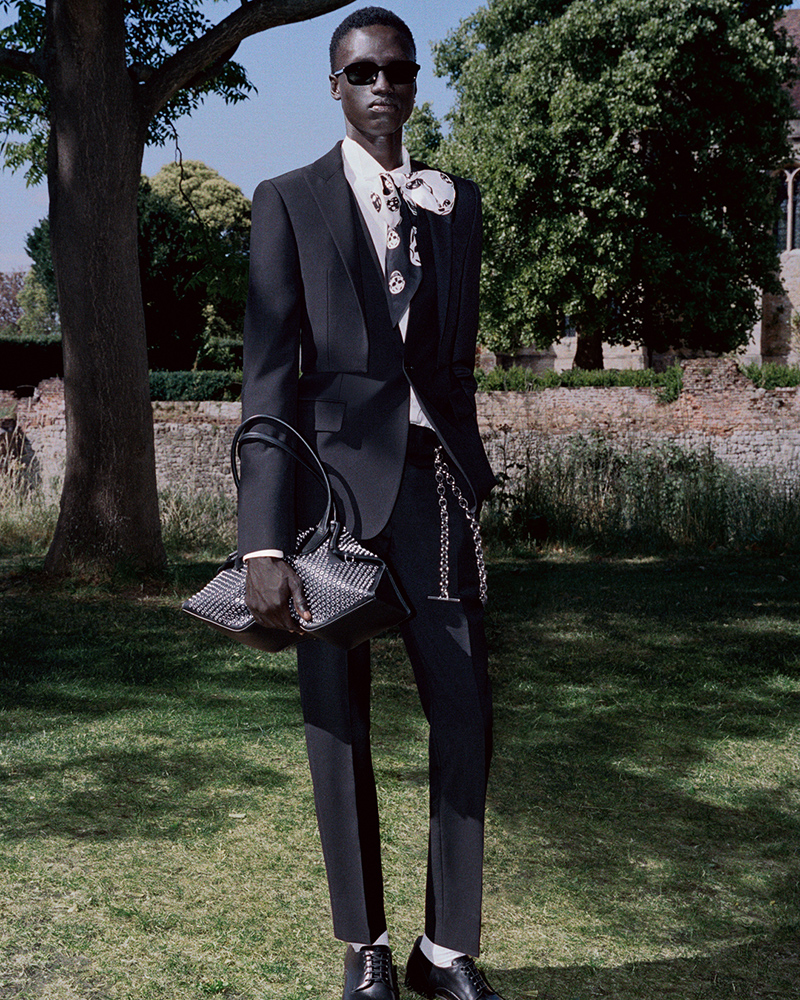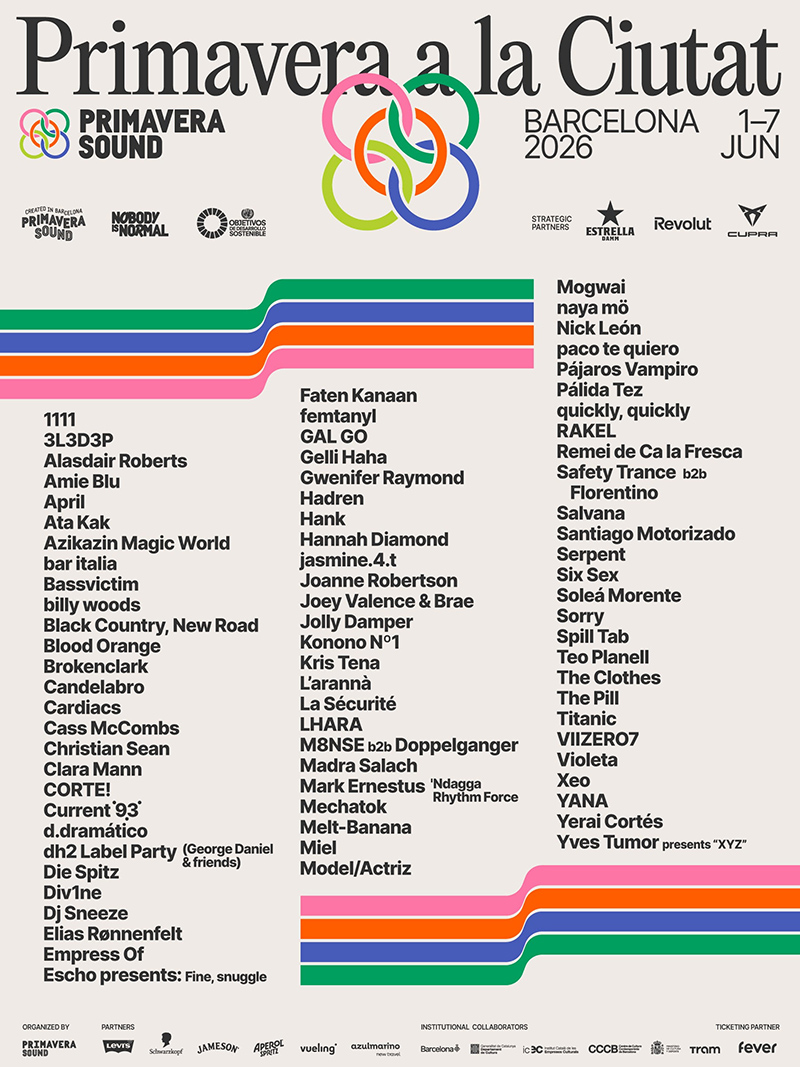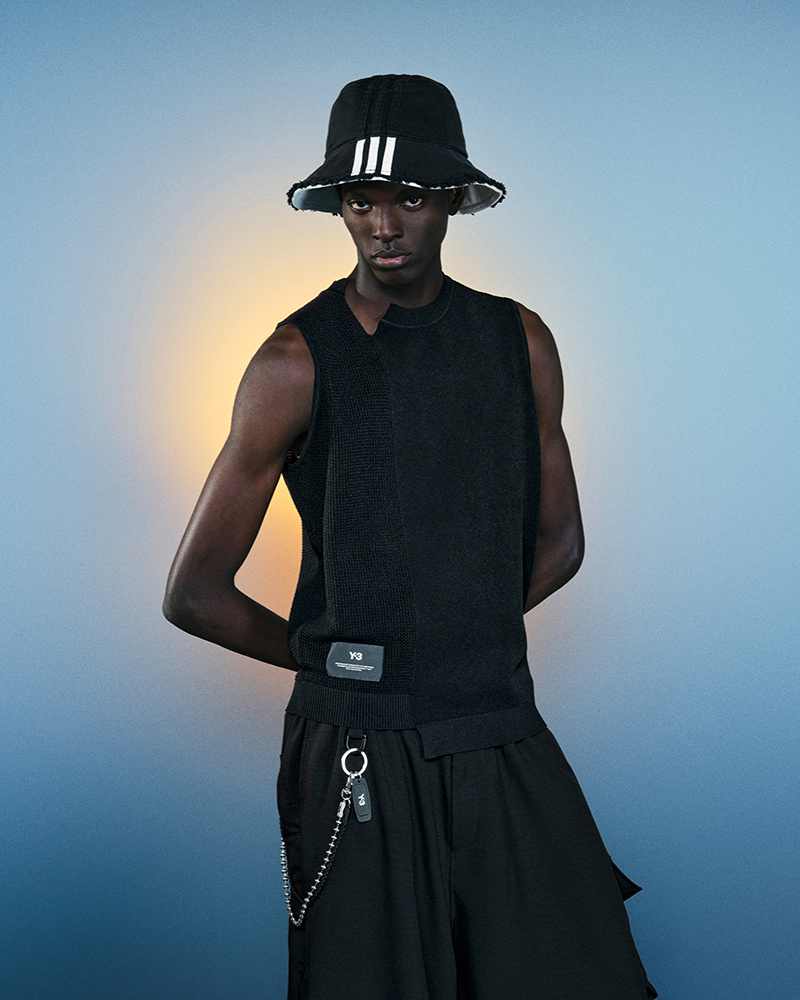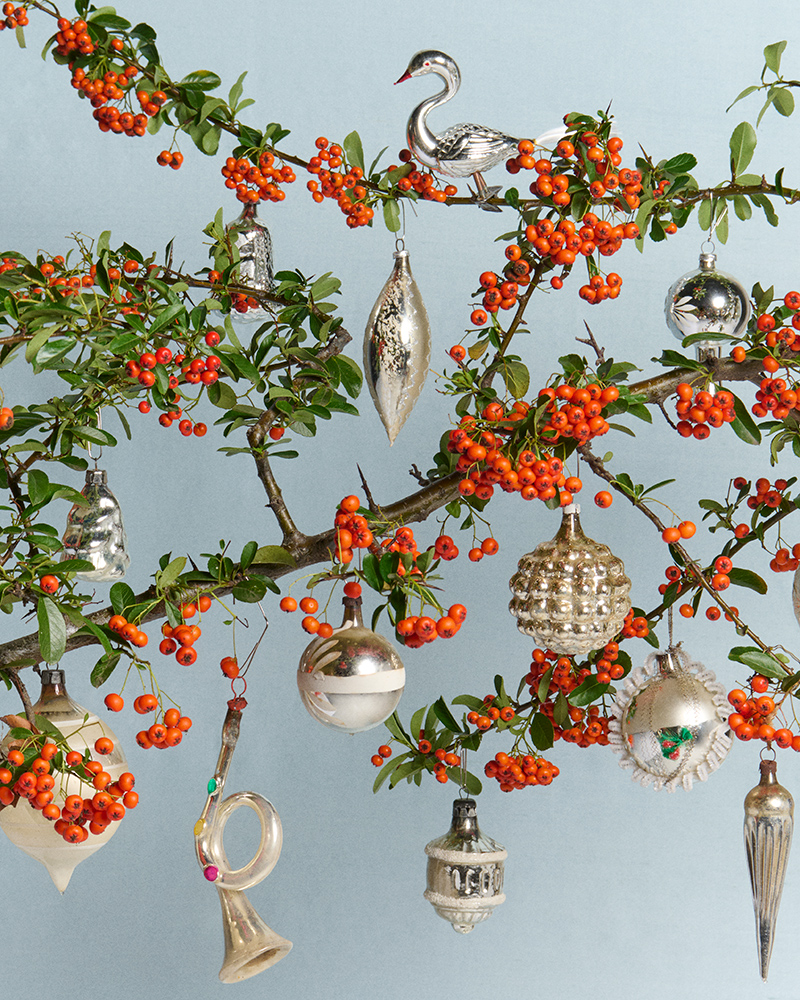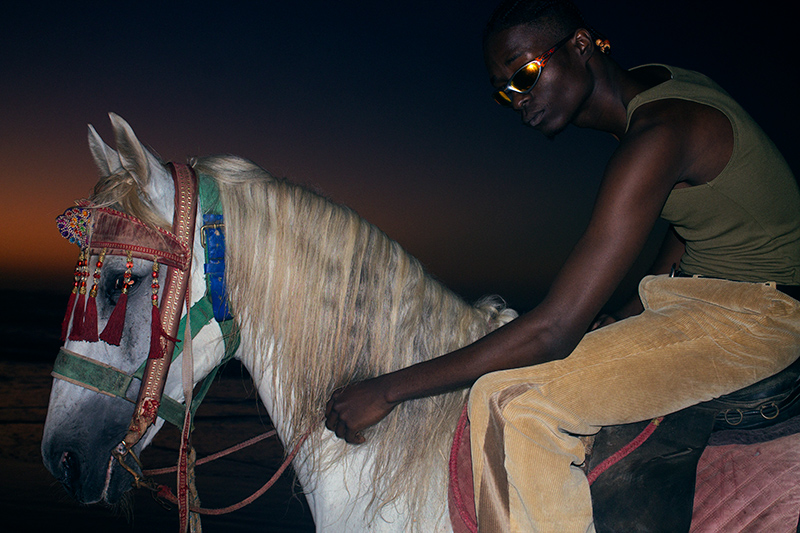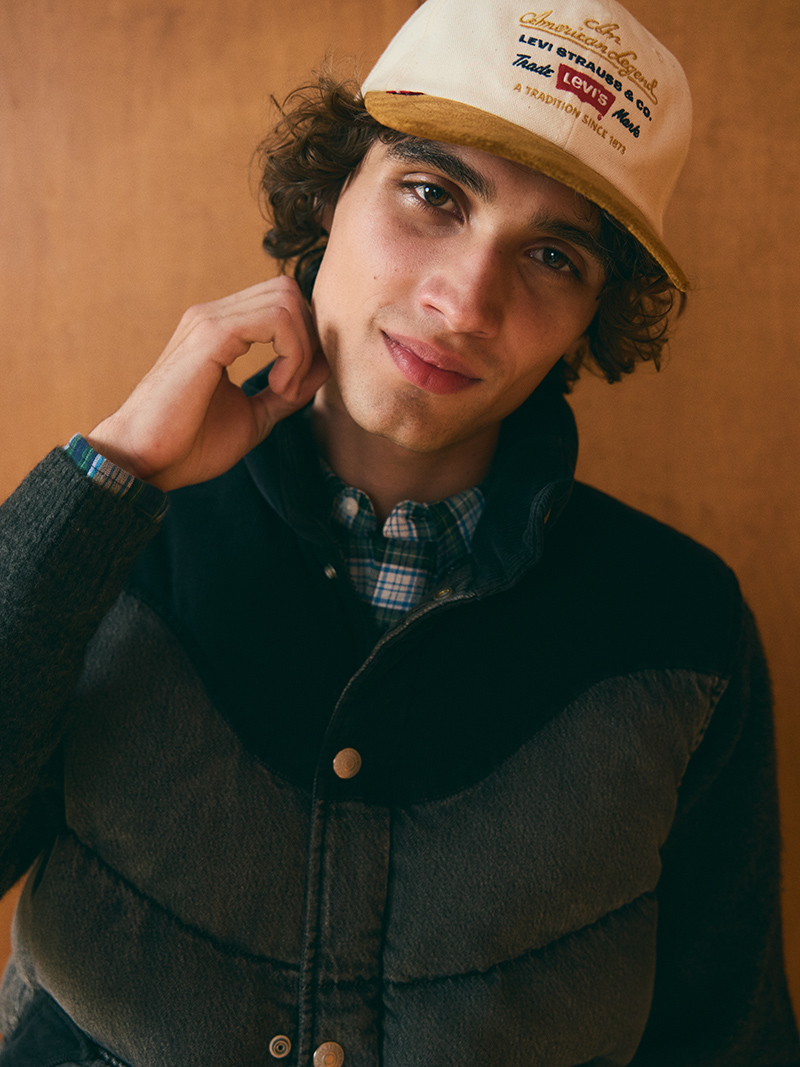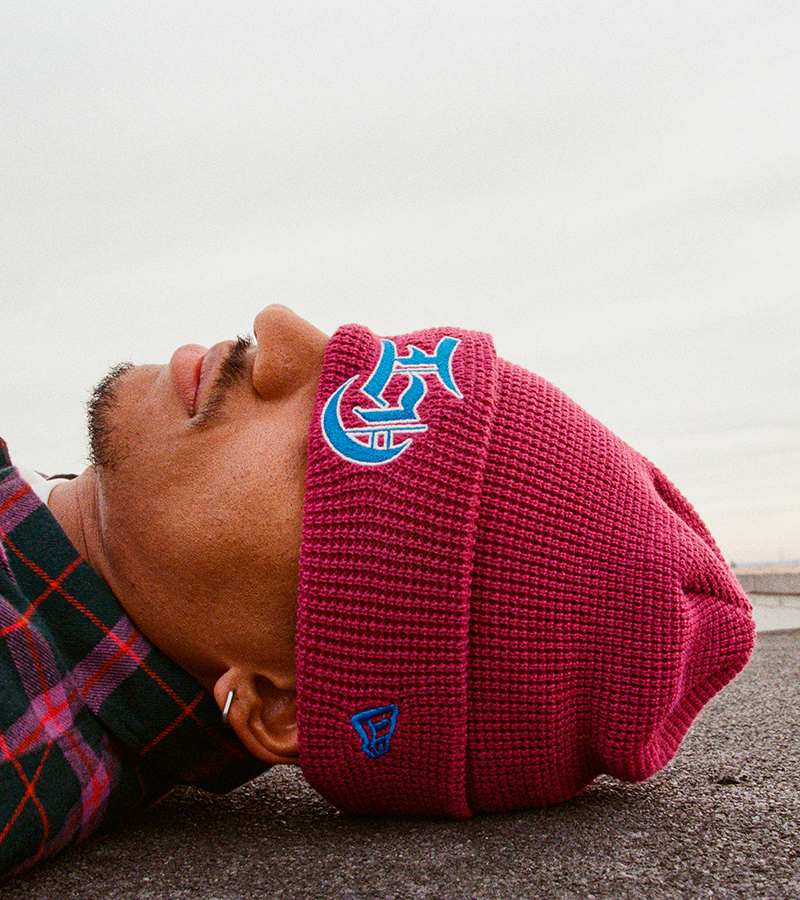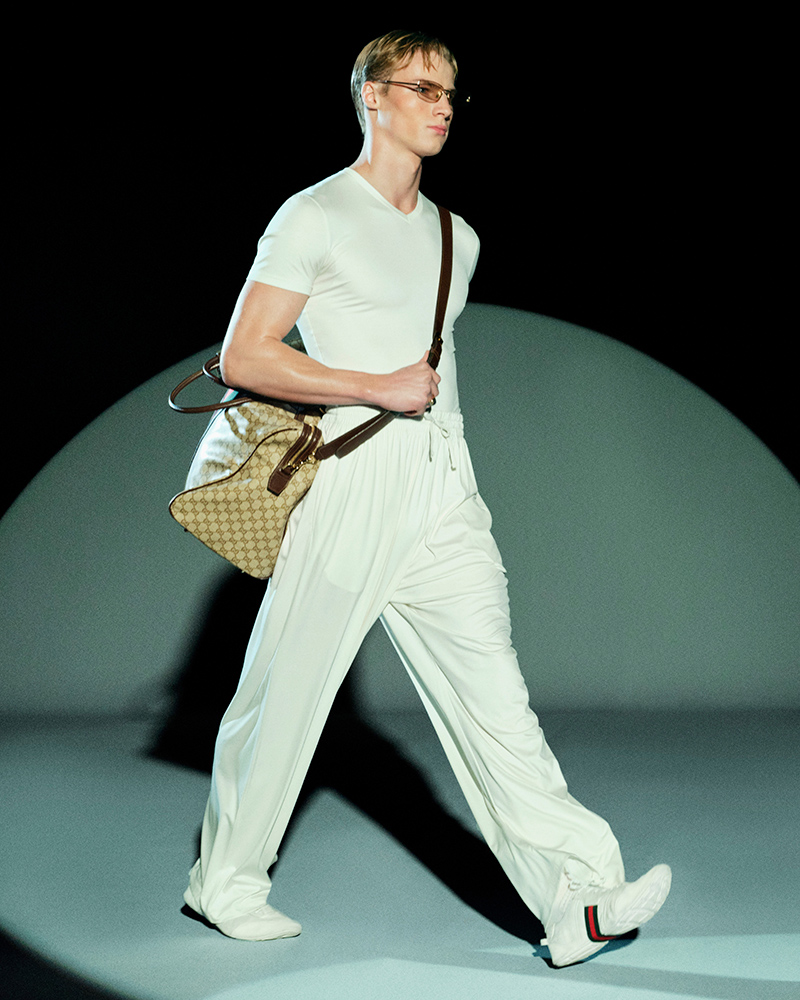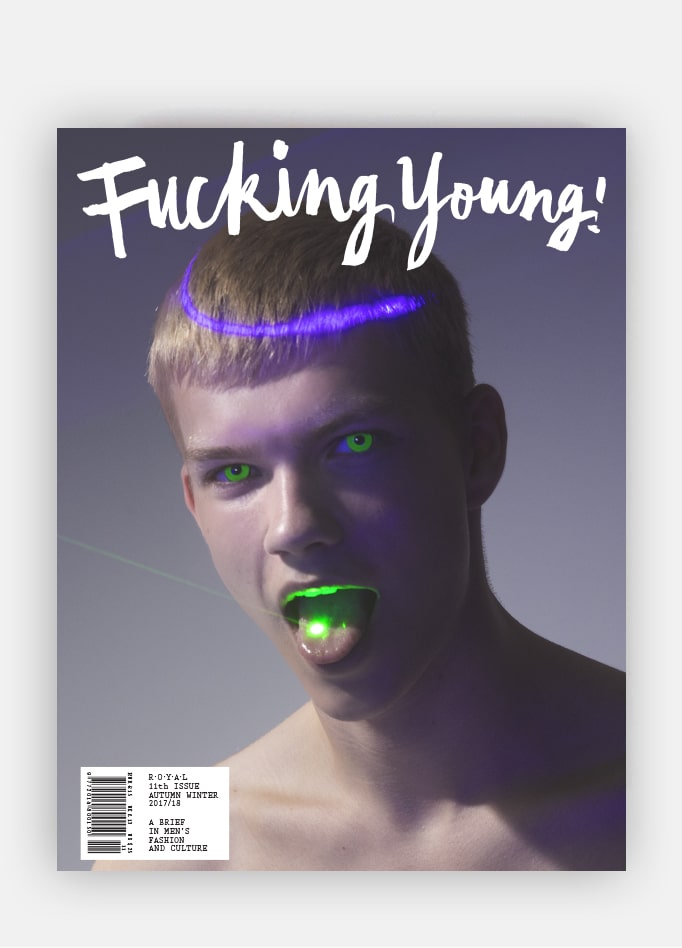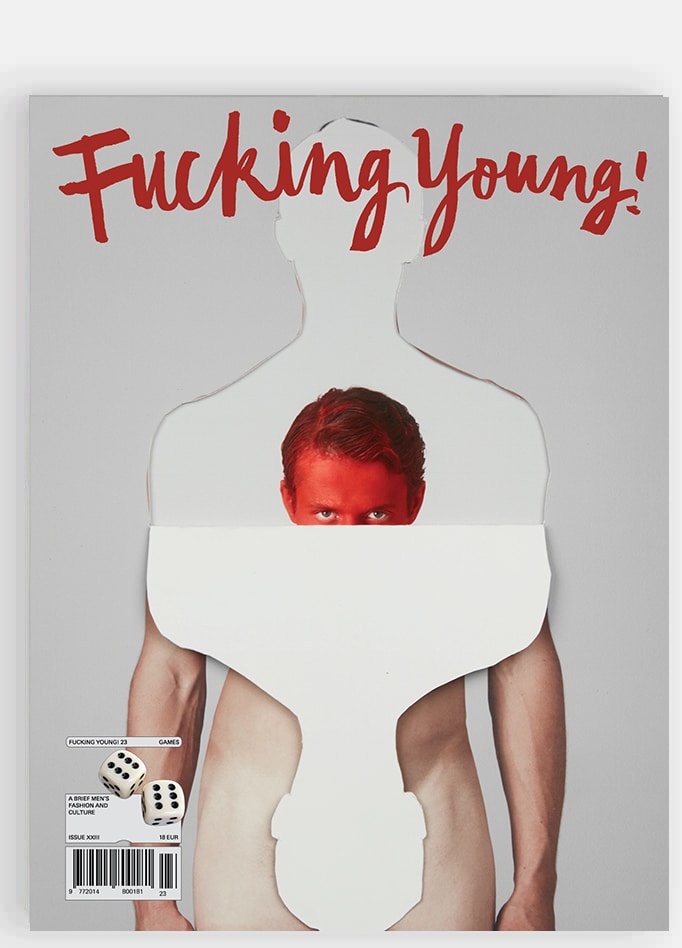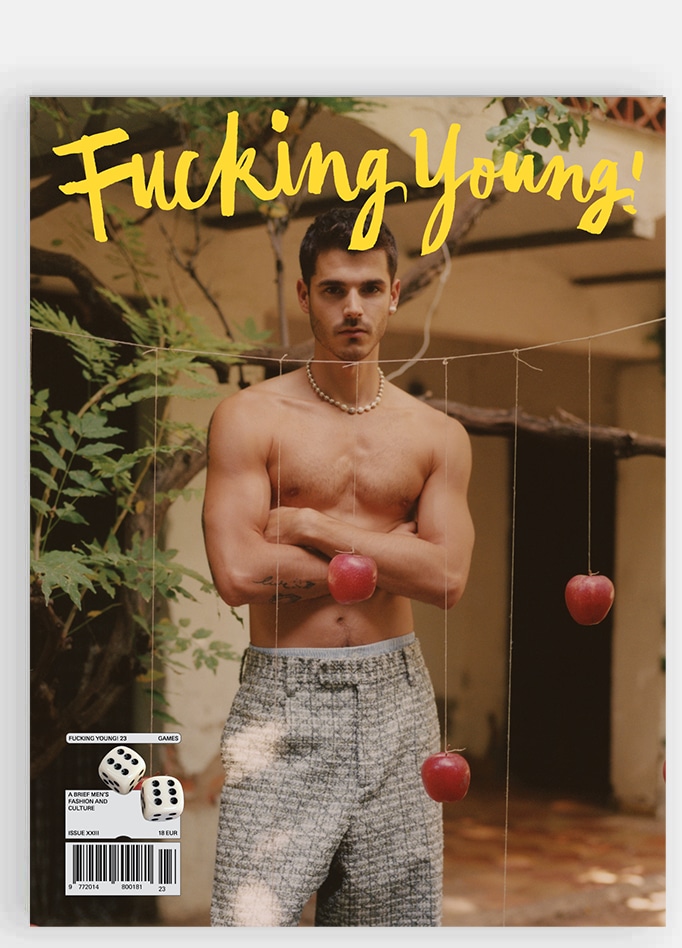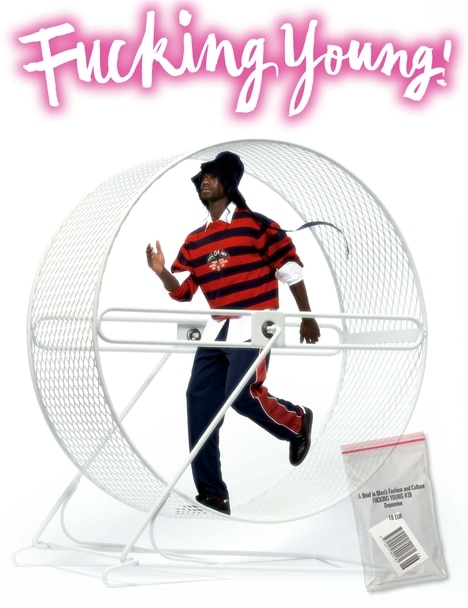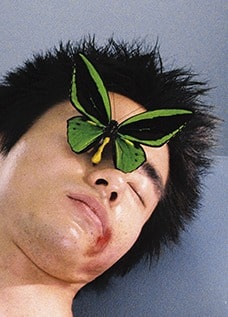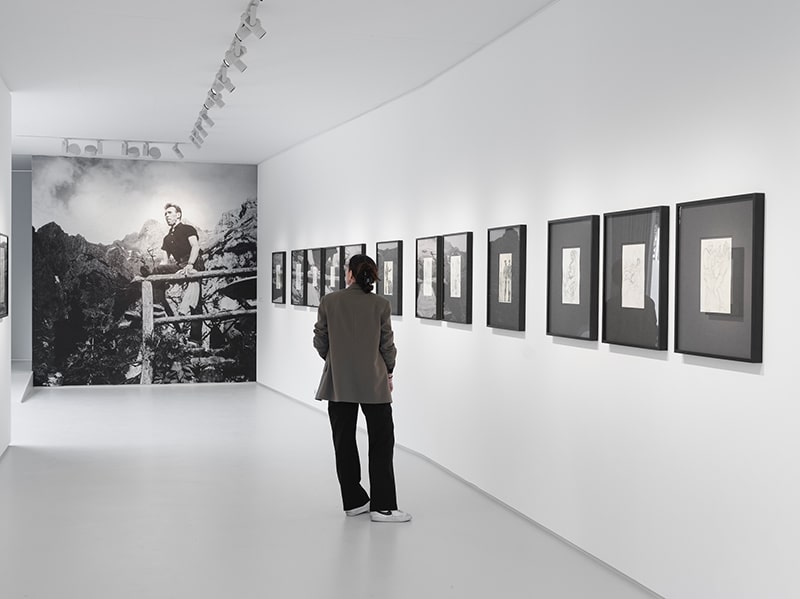
This month, Touko Laaksonen, mainly known as Tom of Finland, would have celebrated his 105th birthday. The Finnish artist has been called “the most influential creator of gay pornographic images” by cultural historian Joseph W. Slade. Over four decades, he produced some 3,500 illustrations, mostly featuring men with exaggerated sexual traits, wearing tight or partially removed clothing. Established in 1984, the Tom of Finland Foundation, founded at the time by Durk Dehner and Laaksonen himself, is known to preserve, collect, and exhibit erotic art (as well as archiving Tom of Finland’s own works). Since the artist’s death, the foundation has been promoting his legacy through exhibitions all around the world. Until June 14, 2025, the Berlin-based art gallery Galerie Judin will be showing 25 pieces by Tom of Finland as part of the launch of Die Tankstelle, its converted gas station and garden locations. Works by Jean Dubuffet, Jean-Michel Basquiat and Robert Nava, presented by New York’s Pace Gallery, will run concurrently with Tom of Finland in a joint inauguration of the space.
Here is our conversation with Edward Cella, CEO of Tom of Finland Foundation, where we discussed this exhibition as well as the future of the foundation.
Hi Edward, how are you right now, just before the launch of this new Tom of Finland exhibition happening at the Berlin-based gallery Judin?
Hello! Nice to meet you! As the images and reports from our team on the ground in Berlin flow to us here in Los Angeles, I am even more excited for the exhibition. We have had a long-time partnership with Galeri Judin, and the Foundation is honored that Tom of Finland has pride of place as one of two inaugural exhibitions for Die Tankstelle, their new collaborative art space in the heart of Schöneberg.
What was the first Tom of Finland piece you saw, and how could you describe your feelings discovering his art?
Coming out in the 1980s and in the middle of the AIDS epidemic, I saw copies of the first Tom of Finland Retrospective monograph published by Durk Dehner in 1988 at a gay bookstore in West Hollywood. I recall sensing that his drawings described another world entirely apart from the limited sexual experience I had had. I was intimidated to say the least. Sex at the time seemed dangerous. But life has a funny way of bringing you to what you need and desire. Returning back to LA in 2010, I came out again as a leatherman, sought out a visit to TOM House, and acquired a drawing of his, which I treasure even more today. Today, sitting at Tom’s desk as CEO of the Foundation has special meaning to me.
Do you think that Tom of Finland is now getting his mainstream hype while being just a niche gay, man-to-man artist for a long period?
Tom of Finland’s legacy now has a greater visibility and impact than it has ever had before. He’s known around the world in many diverse communities from Bangkok to Berlin, London to Los Angeles. His work inspires straight, lesbian, gay, trans individuals, and everyone in between to feel sexy and empowered. His artwork is valued and collected by influential museums. Our commercial licensing partners, including companies like Diesel and JW Anderson, and their TOM capsule collection, are in demand. Personally, I love having the ability to buy TOM Vodka at my local grocery store!
As the CEO of the Tom of Finland Foundation, how can you describe the process of making part of the legacy of an artist who has been a cultural statement for the gay community?
Caring for Tom’s legacy is the Foundation’s primary responsibility. Working with our gallery partners like David Kordansky and Galeri Judin, curators and collectors, we seek ways to preserve his artistic output in major collections, and we’re fortunate to have a long-standing partnership with the noted publisher Taschen that has brought his work to his fans everywhere.
Today, the Foundation is in the process of implementing a three-year strategic plan to improve the effectiveness of our work and our Artist in Residency program, to better professionalize our efforts to preserve our collections and TOM House, and to become more financially sustainable. This effort requires a team of individuals with a great diversity of skills and passions. We are fortunate to have such a deep bench of resources and partners. We are mindful that Tom’s legacy is important to many in the LGBTQ community, and we honor that respect with our hard work to ensure that the Foundation is around for another 40+ years and more.

This new exhibition is happening until June 14 at the Galerie Judin in Berlin. This show will introduce 25 pieces of Tom of Finland, so what can we expect amongst these pieces?
The exhibition will present two previously unseen finished drawings from the Foundation’s collection of work, which are paired with other preliminary and initial studies. Some of the works in the exhibition will also come from Galerie Judin’s holdings of his work, which have been assembled over many years from private collections in Europe. This will bring to one place many works never seen before together. The exhibition might be small in number, but it is impactful in its importance.
This event is also happening during his birthday on May 8th. Is that a way to maintain and cherish his legacy?
Celebrating Tom’s Birthday is a tradition at the Foundation, and this year we’re thrilled to have his work on public display in Berlin – a city that has special importance to the artist and where it’s common to see Tom’s men clad head to toe in black leather walking in the streets. Berlin and Los Angeles are sister cities, and later this month, here in LA, we’ll be hosting a special volunteer day at TOM House and inviting our community to lend a hand caring for a place that Tom deeply loved.
I feel that more than ever, we need to reconnect and be more careful about the minority communities. It’s about politics for sure, but every day the world is facing news that we don’t feel safe. Presenting an exhibition like Tom of Finland seems important and vital for the gay/queer community?
I am mindful that Tom’s act of circulating images of his drawing in the 1950s and 1960s via airmail envelopes, which could not be opened by local postal censors, was a personal act of courage and artistic rebellion. LGBTQ artists, unfortunately, today face similar efforts to silence and censor their freedom of expression, and it is for this reason that Tom’s work has grown in relevance. In this context, the exhibition is particularly timely.
Of course, freedom is not free of responsibility. As an institution, we are taking this moment to actively build a more reflexive and equitable organization that deepens our connection to diverse LGBTQ+ communities, particularly women, people of color, transgender and non-binary individuals, whose voices have been too frequently overlooked by our institution.
The first official exhibition of Tom was in Hamburg, in a gay-only sex shop. Do you think now, in 2025, this haul promoting art in this kind of location could be interesting? Honestly, I have this feeling that gay people (those around me) may be open on social media about their sexuality, but will not be having fun discovering an art event in a sex shop.
Context indeed matters! The Foundation was proud to exhibit artworks by Tom and by contemporary LGBTQ artists last year at the legendary Halle am Berghain in Berlin and a few months later at the inaugural edition of The Salon by NADA & The Community in Paris. We’re preparing to present in September a retrospective exhibition of the 15 years of artmaking from our Artists in Residency Program at Long Hall in West Hollywood, a historic site where AIDS activists in the 1980s gathered to help prevent our community’s annihilation. All of these venues offer opportunities to bring Tom’s work into the world in unexpected and inspiring ways. For many younger LGBTQ people, the connection to his artwork is direct and intense, and we’re interested in meeting people where they are at and in the ways that they connect to one another. This is what differentiates us from other, more traditional Artist Foundations.
Representing the Tom of Finland Foundation, as an art collector, how do you perceive the new generation of artists being inspired by Tom?
I like to say that wherever there are communities of Queer people, Tom is there too as his work has helped define the vernacular of gay culture. Tom is a living legacy as well, and through the work the Foundation undertakes to host artists from around the world at TOM House, new generations of LGBTQ young artmakers are finding their unique and individual creative voices.
I marvel at the breadth of creative expression in the Queer community today and its infiltration into every level of culture around us. Despite the headlines, we live in a golden age of Queer artmaking, and it has been built by courageous and bold artists who take risks, build community, and imagine new and better worlds for all of us. Please remember we all have the responsibility to support and foster their work.
The first time I heard about Tom of Finland was when I arrived in Paris for the first time, and I was in a gay bar. I was the youngest one, and the crowd was talking about his art. I was lost, but I was trying to impress them, saying ‘yes of course, that’s nice!’. Do you have any funny, entertaining memories about Tom of Finland?
Unfortunately, I never met Tom. However, a few months ago I hosted the head of a local art organization, an imposing woman with great poise and stature, to TOM House for a tour and halfway through she began to smile ear to ear and pulled out her phone and began to snap away like a schoolgirl while exclaiming … I’ve never seen so many dicks in my life! That’s the magic of Tom.
